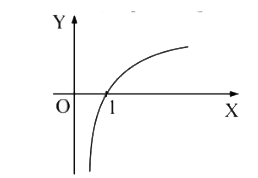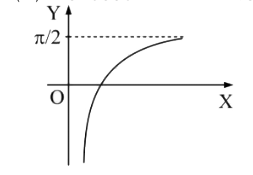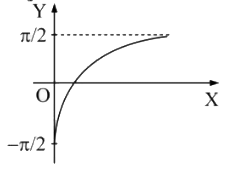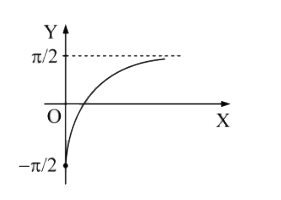Consider f:(0,∞)→(−π2,π2), defined as f(x)=tan−1(logex(logex)2+1). The about function can be classified as
A
Injective but nor surjective
B
Surjective but not bijective
C
Neither injective nor surjective
D
Both injective and surjective
Video Solution
Text Solution
The correct Answer is:C
|
Answer
Step by step video, text & image solution for Consider f:(0, oo)->(-pi/2,pi/2), defined as f(x) = tan^-1 (log_e x/((log_e x)^2+1)). The about function can be classified as by Maths experts to help you in doubts & scoring excellent marks in Class 12 exams.
Updated on:21/07/2023
Topper's Solved these Questions
- BOOK - ARIHANT MATHSCHAPTER - DEFINITE INTEGRALEXERCISE - Exercise (Matching Type Questions)4videos
DEFINITE INTEGRAL
- BOOK - ARIHANT MATHSCHAPTER - DEFINITE INTEGRALEXERCISE - Exercise (Single Integer Answer Type Questions)5videos
DEFINITE INTEGRAL
- BOOK - ARIHANT MATHSCHAPTER - DEFINITE INTEGRALEXERCISE - Exercise (More Than One Correct Option Type Questions)10videos
DEFINITE INTEGRAL
- BOOK - ARIHANT MATHSCHAPTER - COORDINATE SYSTEM AND COORDINATES EXERCISE - Exercise (Questions Asked In Previous 13 Years Exam)7videos
COORDINATE SYSTEM AND COORDINATES
- BOOK - ARIHANT MATHSCHAPTER - DETERMINANTS EXERCISE - Exercise (Questions Asked In Previous 13 Years Exam)18videos
DETERMINANTS
Similar Questions
Knowledge Check
- Question 1 - Select One
f:(0,∞)→(−π2,π2) be defined as, f(x)=tan−1(logex).
The above function can be classified as :Ainjective but not surjectiveBsurjective but not injectiveCneither injective nor surjectiveDboth injective as well as surjective - Question 2 - Select One
f:(0,∞)→(−π2,π2) be defined as, f(x)=tan−1(logex).
The graph of y = f (x) is best represented byA B
B C
C D
D
- Question 3 - Select One
f:(0,∞)→(−π2,π2) be defined as, f(x)=tan−1(logex).
If x1,x2andx3 are the points at which g(x) =[f (x)] is discontinuous (where, [.] denotes the greatest integer function), then (x1+x2+x3) is :A2B3Cgreater than 3Dbelong to
f(x)=logex,g(x)=1logxe . Identical function or not?
View SolutionRange of f(x)=cot−1(loge(1−x2)) is
View SolutionIf f(x)=cos−1{1−(logex)21+(logex)2}, then f'( e )
View SolutionLet f:(−1,∞)→R be defined by f(0)=1 and f(x)=1xloge(1+x),x≠0. Then the function f:
View SolutionIf f(x)=logx2(logex)then f' (x) at x= e is
View Solution

